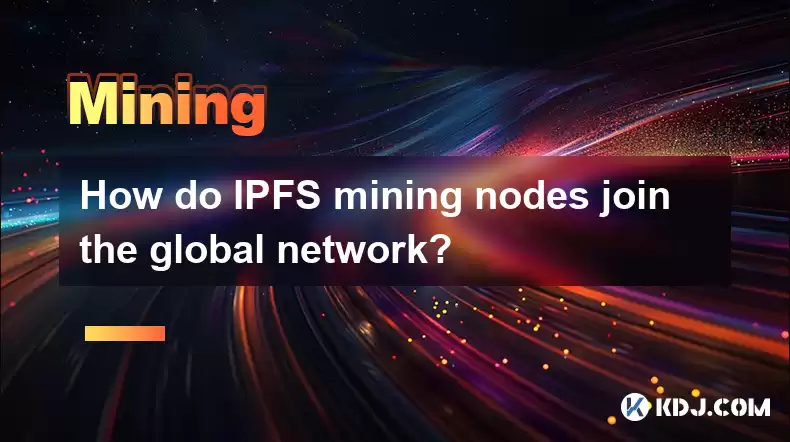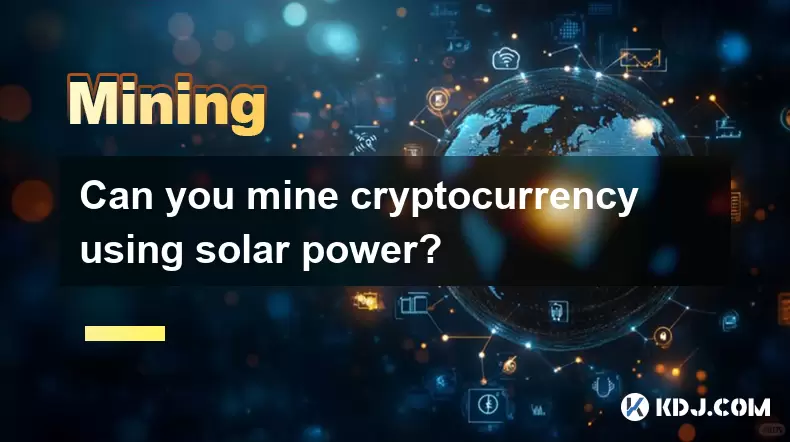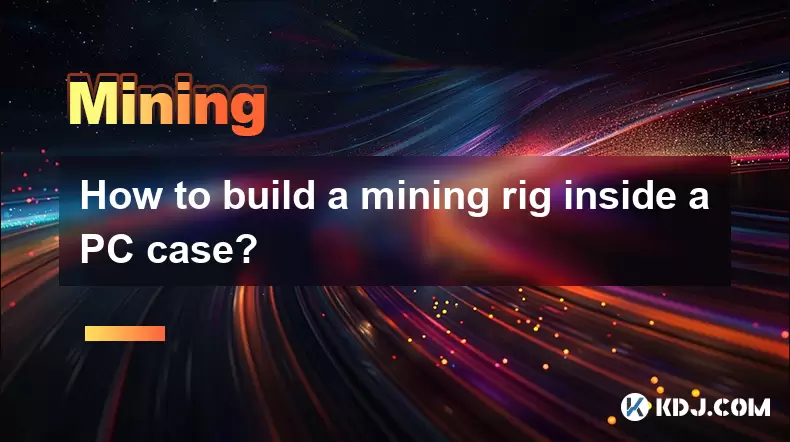-
 Bitcoin
Bitcoin $117500
2.15% -
 Ethereum
Ethereum $3911
6.19% -
 XRP
XRP $3.316
10.79% -
 Tether USDt
Tether USDt $1.000
0.01% -
 BNB
BNB $787.2
2.24% -
 Solana
Solana $175.2
4.15% -
 USDC
USDC $0.9999
0.00% -
 Dogecoin
Dogecoin $0.2225
8.40% -
 TRON
TRON $0.3383
0.28% -
 Cardano
Cardano $0.7868
6.02% -
 Stellar
Stellar $0.4382
9.34% -
 Hyperliquid
Hyperliquid $40.92
7.56% -
 Sui
Sui $3.764
7.63% -
 Chainlink
Chainlink $18.48
10.66% -
 Bitcoin Cash
Bitcoin Cash $582.1
1.88% -
 Hedera
Hedera $0.2601
6.30% -
 Avalanche
Avalanche $23.33
4.94% -
 Ethena USDe
Ethena USDe $1.001
0.02% -
 Litecoin
Litecoin $122.3
2.04% -
 UNUS SED LEO
UNUS SED LEO $8.969
-0.27% -
 Toncoin
Toncoin $3.339
0.86% -
 Shiba Inu
Shiba Inu $0.00001287
4.30% -
 Uniswap
Uniswap $10.43
7.38% -
 Polkadot
Polkadot $3.861
5.08% -
 Dai
Dai $1.000
0.02% -
 Bitget Token
Bitget Token $4.513
3.41% -
 Monero
Monero $267.7
-6.18% -
 Cronos
Cronos $0.1499
4.14% -
 Pepe
Pepe $0.00001110
5.15% -
 Aave
Aave $284.9
8.28%
How do IPFS mining nodes join the global network?
To join the IPFS network, install the software, configure storage, bandwidth, and connections, start your node, and sync with the network; consider joining a mining pool to boost earnings.
Mar 22, 2025 at 01:35 am

How do IPFS mining nodes join the global network?
Joining the IPFS network as a mining node involves several key steps, all centered around the core principle of distributed data storage and retrieval. It's not simply a matter of plugging in; it requires understanding the underlying technology and network architecture. The process ensures the decentralized nature of IPFS remains robust and resilient. Let's break down the process step-by-step.
First, you need to acquire and install the IPFS software. This can be downloaded from the official IPFS website, and the installation process is relatively straightforward, varying slightly depending on your operating system (Windows, macOS, Linux). Ensure you download the correct version for your system to avoid compatibility issues. After installation, you'll have the necessary tools to interact with the network.
Next, you need to configure your node. This involves specifying parameters like storage capacity, bandwidth allocation, and connection settings. You'll be choosing how much of your resources you dedicate to the IPFS network. Correct configuration is critical for optimal performance and efficient participation. You might need to adjust these settings based on your hardware and network capabilities.
- Choose a storage location: Select a directory on your hard drive where IPFS will store data. Ensure you have ample free space, as the amount of data you can store will directly impact your mining potential and rewards.
- Configure networking: Set up your node's connection to the IPFS network. This often involves selecting a bootstrap node list, which helps your node connect to the broader network efficiently. These nodes act as initial connection points.
- Adjust resource allocation: Determine how much bandwidth and processing power your node will dedicate to the network. This influences your contribution to the network's overall health and your potential earnings.
After configuration, you need to start your IPFS node. This initiates the connection process to the global network. Your node will begin communicating with other nodes, exchanging data and participating in the distributed file system. The process may take some time initially, depending on your network connection and the current network load. You will need to leave your node running continuously for optimal performance.
Your node will then begin syncing with the IPFS network. This involves downloading a portion of the network's content, allowing your node to participate in data retrieval requests. The amount of data your node syncs will depend on your storage capacity and bandwidth. The syncing process can be resource-intensive and take a considerable amount of time, particularly for new nodes joining a large network.
Once synced, your node is fully operational. It will now participate in the IPFS network, storing and retrieving data as needed. This participation contributes to the network's overall resilience and efficiency. You'll be able to see your node's statistics and contribution using the IPFS command-line interface or various GUI clients.
Further, you can consider joining an IPFS mining pool. These pools aggregate the resources of multiple nodes, increasing their collective storage capacity and enhancing their ability to attract storage deals. Joining a pool often simplifies the process of earning rewards and increases the chances of securing profitable storage deals. Research various pools to find one that aligns with your preferences and technical capabilities.
Remember that IPFS mining is not the same as traditional cryptocurrency mining. It's not about solving complex mathematical problems; it's about providing storage and bandwidth to the network. Rewards are typically earned by providing storage for files and participating in data retrieval requests. The amount of reward depends on factors such as storage capacity, bandwidth, and network demand.
Frequently Asked Questions:
Q: What are the hardware requirements for running an IPFS mining node?
A: The hardware requirements depend on your desired level of participation. A minimum of a decent internet connection, sufficient storage (SSD recommended), and a reasonable amount of RAM are needed. More storage and faster connections lead to better performance and potential rewards.
Q: How much can I earn from IPFS mining?
A: Earnings from IPFS mining are variable and depend on factors such as storage capacity, network demand, and the chosen mining pool (if any). There's no guaranteed income. It's crucial to approach IPFS mining with realistic expectations.
Q: Is IPFS mining profitable?
A: The profitability of IPFS mining depends on several factors, including the cost of running your node (electricity, hardware), the amount of storage space you provide, and the market demand for storage. Thorough research and cost analysis are crucial before committing resources.
Q: What are the risks associated with IPFS mining?
A: Risks include hardware failure leading to data loss, fluctuating network demand impacting earnings, and potential changes in the IPFS ecosystem affecting profitability. Always back up your data and understand the evolving nature of the technology.
Q: How do I choose a reliable IPFS mining pool?
A: Research pools' reputations, fees, payout structures, and community support. Look for transparent operations and positive user reviews. Don't solely focus on the highest advertised rewards; consider the overall reliability and stability of the pool.
Q: Can I run an IPFS node on a Raspberry Pi?
A: While possible, a Raspberry Pi might not be ideal for extensive IPFS mining due to its limited processing power and storage capacity. It might be suitable for learning and experimentation, but it's unlikely to generate significant rewards.
Q: What is the difference between IPFS mining and Bitcoin mining?
A: Bitcoin mining involves solving complex cryptographic puzzles to validate transactions and earn Bitcoin. IPFS mining involves providing storage and bandwidth to the IPFS network and earning rewards based on contribution. They are fundamentally different processes.
Q: How secure is IPFS?
A: IPFS itself is a secure protocol. However, the security of your node depends on your configuration, hardware security, and data protection practices. It's essential to implement robust security measures to protect your node and data from unauthorized access or malicious attacks.
Disclaimer:info@kdj.com
The information provided is not trading advice. kdj.com does not assume any responsibility for any investments made based on the information provided in this article. Cryptocurrencies are highly volatile and it is highly recommended that you invest with caution after thorough research!
If you believe that the content used on this website infringes your copyright, please contact us immediately (info@kdj.com) and we will delete it promptly.
- FTT Token's Wild Ride: Creditor Repayments vs. Market Drop - A New Yorker's Take
- 2025-08-08 07:10:12
- Floki Crypto Price Prediction: Riding the Robinhood Rocket or Just a Meme?
- 2025-08-08 07:15:12
- EigenLayer, Restaking, and Ethereum: Navigating the Hype and the Hazards
- 2025-08-08 06:30:12
- Super Bowl 59: Jon Batiste to Jazz Up the National Anthem
- 2025-08-08 06:30:12
- Cold Wallet Crypto in 2025: The Future is Now, Ya'll
- 2025-08-08 05:10:13
- MAGACOIN, SOL, and ADA: A Tale of Shifting Tides in Crypto
- 2025-08-08 05:10:13
Related knowledge

What is "proof-of-work" and how does it relate to mining?
Aug 07,2025 at 02:03pm
Understanding the Concept of Proof-of-WorkProof-of-work (PoW) is a consensus mechanism used in blockchain networks to validate transactions and secure...

What are the differences between mining on Windows vs. Linux?
Aug 06,2025 at 11:29pm
Overview of Cryptocurrency Mining PlatformsCryptocurrency mining involves using computational power to solve complex cryptographic puzzles and validat...

How to use an old computer for cryptocurrency mining?
Aug 07,2025 at 12:42pm
Understanding the Feasibility of Using an Old Computer for MiningUsing an old computer for cryptocurrency mining may seem outdated, but it is still te...

Can you mine cryptocurrency using solar power?
Aug 07,2025 at 12:00am
Understanding the Basics of Cryptocurrency MiningCryptocurrency mining involves validating transactions on a blockchain network by solving complex cry...

How to build a mining rig inside a PC case?
Aug 06,2025 at 11:01pm
Understanding the Basics of a Mining Rig in a PC CaseBuilding a mining rig inside a PC case involves transforming a standard computer chassis into a d...

What are the best cryptocurrencies to mine with an ASIC?
Aug 08,2025 at 01:22am
Understanding ASIC Mining and Its Role in CryptocurrencyASIC stands for Application-Specific Integrated Circuit, a specialized hardware designed to pe...

What is "proof-of-work" and how does it relate to mining?
Aug 07,2025 at 02:03pm
Understanding the Concept of Proof-of-WorkProof-of-work (PoW) is a consensus mechanism used in blockchain networks to validate transactions and secure...

What are the differences between mining on Windows vs. Linux?
Aug 06,2025 at 11:29pm
Overview of Cryptocurrency Mining PlatformsCryptocurrency mining involves using computational power to solve complex cryptographic puzzles and validat...

How to use an old computer for cryptocurrency mining?
Aug 07,2025 at 12:42pm
Understanding the Feasibility of Using an Old Computer for MiningUsing an old computer for cryptocurrency mining may seem outdated, but it is still te...

Can you mine cryptocurrency using solar power?
Aug 07,2025 at 12:00am
Understanding the Basics of Cryptocurrency MiningCryptocurrency mining involves validating transactions on a blockchain network by solving complex cry...

How to build a mining rig inside a PC case?
Aug 06,2025 at 11:01pm
Understanding the Basics of a Mining Rig in a PC CaseBuilding a mining rig inside a PC case involves transforming a standard computer chassis into a d...

What are the best cryptocurrencies to mine with an ASIC?
Aug 08,2025 at 01:22am
Understanding ASIC Mining and Its Role in CryptocurrencyASIC stands for Application-Specific Integrated Circuit, a specialized hardware designed to pe...
See all articles

























































































